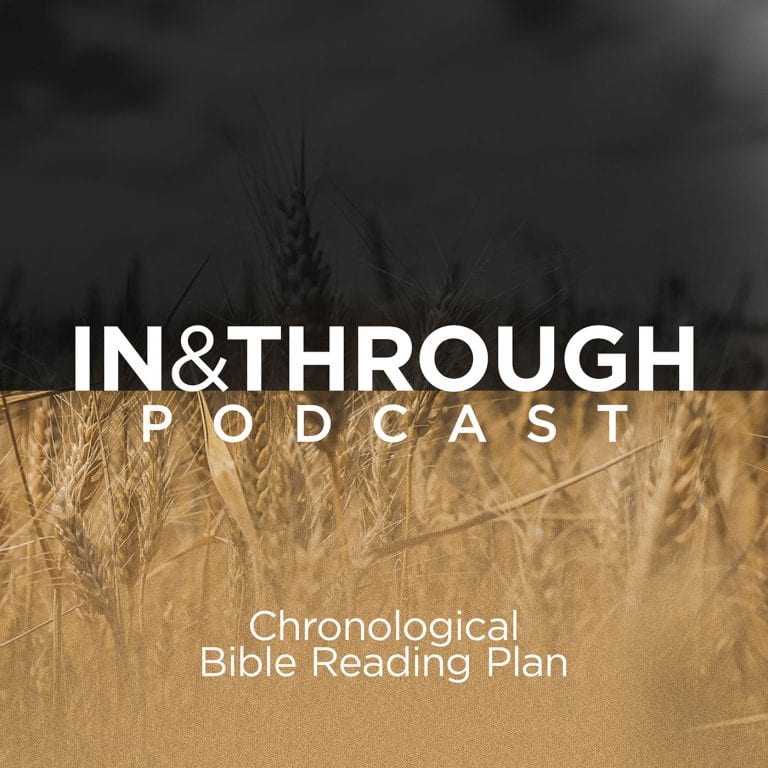People have experienced so many end-times misinterpretations and false predictions they have grown weary of trying to understand the message of Revelation at all. Until something happens like a pandemic which makes us realize we really do need to know what that message is. And as always, the best way to understand Revelation is by reading it in light of the Old Testament, not the latest news reports. And so it is with the pale horse and its rider of Revelation 6:8, whose role is to bring death. But how do we understand what this represents?
The vision of the heavenly court in chapters 4 and 5 sets the scene. It shows Christ receiving authority at the moment of his ascension to the right hand of the Father. He unseals a book, seen centuries before by Daniel, and begins to unleash the judgments of God upon the earth. These judgments are described in three different cycles, the seals, the trumpets and the bowls. All three describe the same set of events from different perspectives, each concluding with a depiction of the final judgment. If that seems surprising, consider how the Gospels present four different but complementary accounts of the ministry of Jesus. The trumpets and bowls are borrowed almost verbatim from the plagues of Exodus. That is no surprise since the book of Revelation as a whole sees the original Exodus as a foreshadowing of the latter and greater Exodus, in which Christ leads his children out of spiritual Egypt into a wilderness place of protection (our lives as Christians), and on into the Promised Land of the New Jerusalem.
In the process of this pilgrimage, God sends periodic plagues or judgments against the world for its rebellion and its persecution of God’s people, just as he sent judgments against Pharaoh and the Egyptians. The purpose of these judgments is twofold, just as in the days of Pharaoh: to waken the hearts of those who then respond to the Gospel, and to harden the hearts of those who reject it. Some are shocked into considering the claims of Christ, while others turn even further away. The prophetic actions of Isaiah and the parables of Jesus had the same impact. Isaiah and Jesus began by teaching, then when people failed to listen to what was clearly taught, they turned to harder-to-understand actions and stories which caused those whose hearts were open to seek a deeper understanding, while the lost threw up their hands and walked away.
Where the trumpet and bowl judgments are drawn straight from Exodus, the seal judgments (in which the pale horse appears), though having the same general content, have a different source. They are rooted in the picture of the four horses of almost identical colours found in Zechariah 6, horses commissioned to patrol the earth. The parallel pictures of the red horse and the four horns in Zechariah 1 show that the purpose of these horses is to punish those who have rebelled against God and persecuted his people. But in his reference to the pale horse, John also quotes Ezekiel 14, which pronounces a fourfold judgment on the earth, punishments which come upon Israel and other nations when they turn away from the Lord. And the judgments of Ezekiel are in turn the same as the four judgments of Leviticus 26, which God set forth as the punishment for idolatry. These three passages construct the background by which to understand what John means by the four horses and the judgments they bring. The judgments of Leviticus, Ezekiel and Revelation are the same: war, disease, famine and death. The death brought by the fourth horse and its rider sums up the effect of the other three. The horse and its rider thus represent the death brought about from the judgments of Christ unleashed on the world.
The horses and riders appear to be demonic, yet they are clearly released by God’s permission (6:1). The reason they are demonic is because in Rev. 9:7, just as in 6:2, demonic agents are likened to horses with crowns on their heads. And also, because God is not the ultimate author of disease and death (James 1:17). How is it then that God released them? Because throughout Revelation, God is pictured as controlling the exercise and the limits of Satan’s power. Everything is under his authority. The world deserves judgment, but God uses earthly judgments to get peoples’ attention so they will not suffer eternal punishment.
If all this is true, how then are believers to respond when such judgments occur, and the effects of them extend even to us, who also live in a fallen world? It’s good to remember that the children of Israel in Egypt were caught up in the same predicament, except in those specific cases where God chose to protect them. Here is where the true message of Revelation rings forth: in a fallen world where Christians are persecuted and even die for their faith or are caught up in God’s judgment on sinful humanity, we choose to remain faithful to a God who is Lord overall. We know that serving him carries a reward greater than anything this life could give.
Because of the eternal life promised to those who overcome, Christians are not to be afraid when the world appears to be collapsing around them. Judgement is actually a sign of God’s mercy. He is crying out to a rebellious world to turn from its idolatry now, in order to be saved from a much worse fate later. And he is giving us as believers a wake-up call that our real treasure is not in this world at all.
And in it all, there is a magnificent opportunity to live out our faith. That is why the Christians cared for the sick and dying in plague-struck Rome when the pagan physicians had fled. It’s why every hospital in Europe was founded by Christians. It’s why Luther braved the plague and why Spurgeon braved cholera. And it’s why the fearless Christians of Wuhan in those early desperate days carried food to their sick neighbours and medical supplies to the hospitals when the government that had persecuted them fell down on the job.
Is this a sign of the soon return of Christ? Probably neither more nor less so than any previous plague. But it reminds us we are to live as if he were coming tomorrow. The pale horse of death and its rider are stalking the world today. But we know the One who has overcome the power of death. The rider should hold no fear for us. And in difficult days, we have a marvellous opportunity to serve those still in darkness and maybe, by God’s mercy, the horse will pass them by and instead they will find its Conqueror.





















